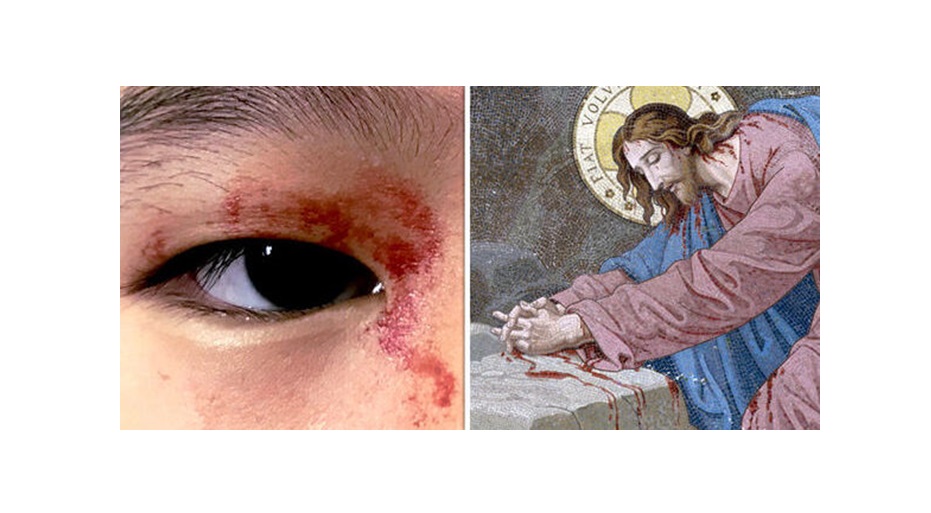By Frangiska Mylona,
“And Jesus said, Father forgive them; for they know not what they do”.
Luke 23; 34-38;
“Today, he who hung the earth upon the waters, is hung on the tree.”
15th Antiphon from Great and Holy Friday Matins.
Easter, perhaps the greatest celebration for the Christian community, is just around the corner. It is the period where the Lord will be tortured both physically and mentally, before and during His crucifixion, in order to fulfill and verify the prophecies of the Old Testament by resurrecting, three days later, and granting eternal life by taking away the sin of the world and opening the doors of Heaven for humanity. One of the most sorrowful verses in the New Testament is described in Apostle Luke’s chapter 22-40:46 where Jesus Christ prays to His Holy Father asking Him, in despair, if it there is any possibility to avoid the dreadful torment that was about to begin.
In fact, in this incredible verse, Jesus Christ prays with extreme anguish, saying; “Father, if You are willing, remove this cup from Me; yet not My will, but Yours be done. [Now an angel from heaven appeared to Him, strengthening Him. And being in agony, He was praying very fervently; and His sweat became like drops of blood, falling down upon the ground]”.

The phenomenon where Jesus was sweating blood was for years doubted or even mocked by many people from the scientific community, until recently, where studies showed that in extremely rare situations, it is possible to “sweat blood“, a condition now known as hematohidrosis.
To understand the pathophysiology behind hematohidrosis, it is important to make a brief anatomical summary of sweat production and skin glands. First of all, it is needed to mention that the largest body tissue is the skin. The skin is composed of the epidermis (the outer layer), the dermis, which is made from connective tissue that supports the epidermis and the hypodermis, the deepest layer that provides thermal insulation and protection to the underlying structures.
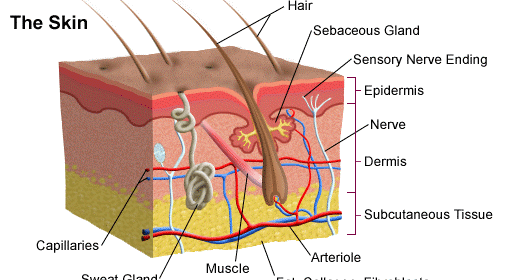
Skin appendages are epidermal and dermal-derived components of the skin with distinctive structure and function, participating in wound healing by serving new epithelial cells in case of loss of epidermal cells. One type of skin appendages are the skin glands.
The skin glands are divided into three categories; the eccrine sweat glands which secrete sweat outside of the hair follicles, and they are located anywhere in the skin, apart from the lips, the glans of penis and nail beds; and the apocrine sweat glands, which begin to function fully during puberty and open into hair follicles. They are located in the axilla, perineal region and in the labia minora of the vagina, producing an odorless, viscous secretion. The last category are the sebaceous glands that produce the sebum and lubricate the skin and hair by creating a protective layer against bacteria. Sebaceous glands can be found everywhere apart from the palms and soles.
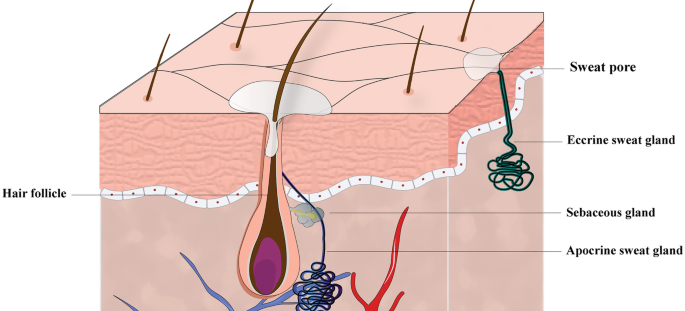
Sweating is a crucial mechanism for the maintenance of homeostasis, through which a significant amount of body water is lost by evaporating. There are in general two types of sweat, the thermoregulatory one that starts from the forehead and extends to the palms and soles, and the emotional one which affects firstly the skin of the palm, the soles and the axillae. Either way, sweating is such a vital process for the human body, since it is controlled both hormonally and also from the autonomic nervous system.
Since the sweating process is briefly explained, hematohidrosis refers to an eccrine sweat disorder, presenting with spontaneous episodes of bloody sweat from intact skin. As it was mentioned earlier, it is a very rare pathology, with a total sum of cases to be around 25 in number in between the years 1996 to 2016, that mostly affects women of younger age as well as showing high prevalence for dark colored people, since it affects mostly Asians (predominantly Indians and Pakistani) as well as Africans.
The exact etiology behind it is yet to be discovered, although it is strongly associated with high amounts of stress or intense anxiety. In fact, six cases of hematohidrosis were reported in men waiting for their execution. Other pathological etiologies include vicarious menstruation, otoerythrosis and epistaxis, however there is no link between hematohidrosis with any other severe clotting disorder.
One logical pathophysiological mechanism states that during severe psychological struggling, the vascular capillaries that surround the sweat glands, forming a net-like structure, constrict due to stress. If the stressful situation fails to cease, the capillaries dilate profoundly, resulting in their bursting where the blood fills the sweat glands, resulting in the bloody appearance of sweat.
Recent studies also demonstrated the probability of a dermal defect where the stromal layers are more weakened, thus allowing blood to enter the skin surfaces but without leaving any skin scar after the episode ends.
Regarding the clinical symptoms of hematohidrosis, it can affect the patient at any time; during wakefulness or even at sleep. Usually it appears during a period of stress, however there are cases where hematohidrosis has happened spontaneously. It may also occur multiple times during the day and the most common place of its appearance is the forehead. The amount of bleeding is small, it lasts for a short period of time, and stops spontaneously. If the sweat is wiped from the skin, the skin would be intact.
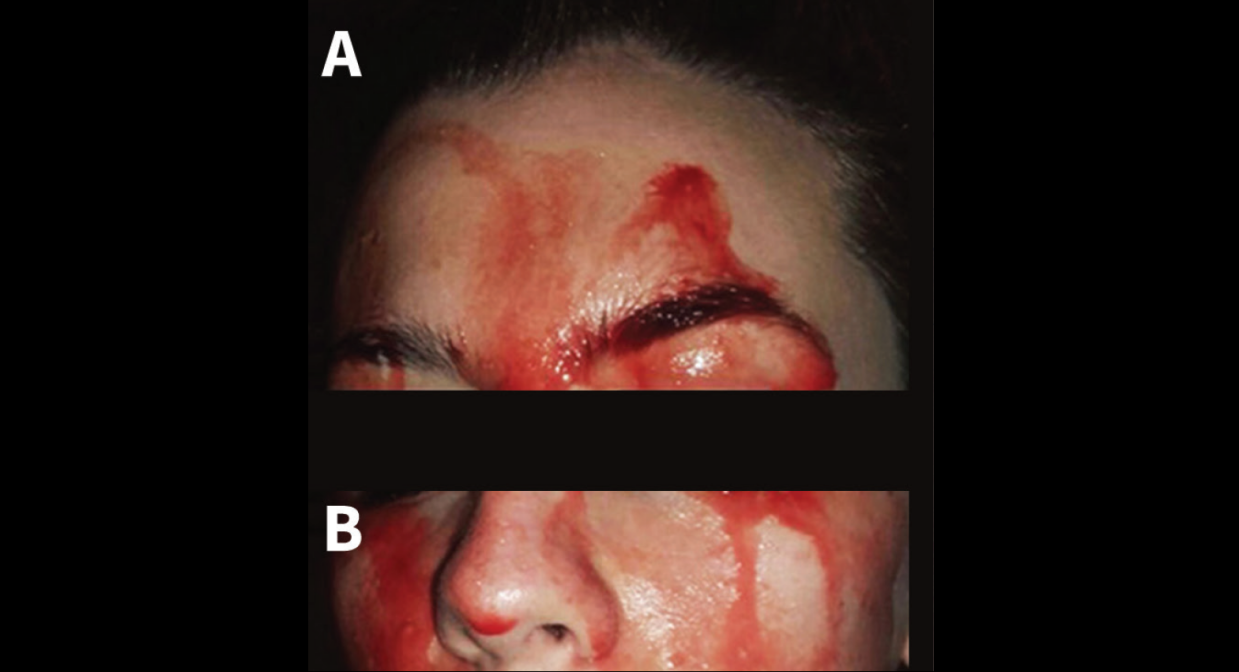
There are some diagnostic criteria proposed regarding this condition. One includes the results from the bloody sweat fluid analysis by performing the Benzidine test, which confirms the presence of hemoglobin, proving that the fluid components are similar to the ones of the peripheral blood. As mentioned before, for a correct diagnosis the skin needs to be intact during and after the episode of hematohidrosis, and the oozing of this bloody sweat must stop after wiping it. Also, laboratory tests should be conducted in order to exclude any coagulation disorders or vasculitis. Moreover, psychological evaluation is important in order to identify the trigger that affects so deeply the patient causing such a rare manifestation.
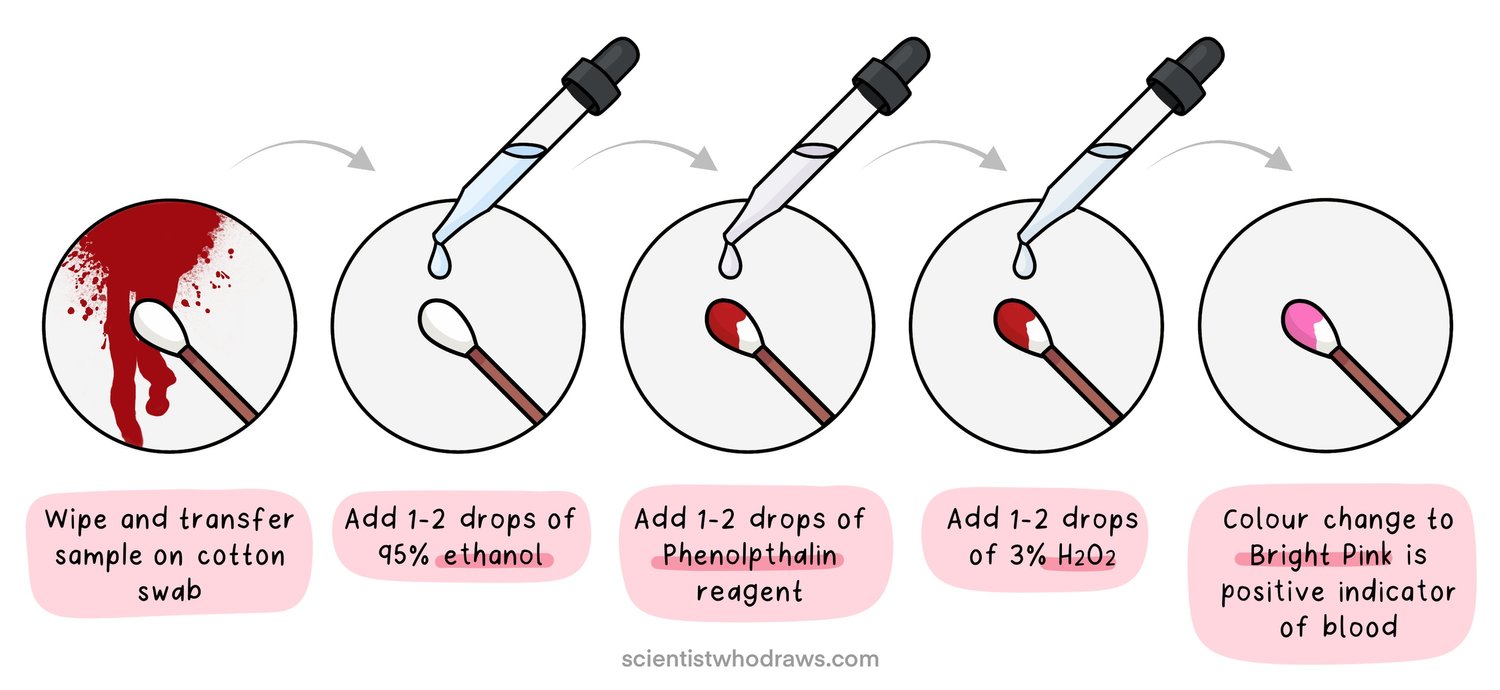
The treatment usually involves drugs like antidepressants, as well as counselling in order to find ways to cope with the stressful triggers. Additionally, the bibliography states the possibility for the administration of beta-blockers as a way of treatment.
In this hurtful, yet emotionally powerful part of the New Testament, the readers not only empathize with Jesus and realize his enormous psychological burden, but they acknowledge that He suffered for humanity despite his innocence, and that God sacrificed His only sacred Son for their own sake.
For those who do not believe, this condition might be an interesting medical and religious correlation, however for those that struggle with faith issues or for the ones that believe, maybe this article will strengthen their faith by accepting that even Jesus, the Alpha and the Omega, as it is declared, the creator of life, had to endure one of the most humiliating and painful deaths, by cruelly sacrificing Himself, because of His immeasurable love and His deep desire to save humanity eternally.

This can be a powerful message of hope for those struggling in life, reminding them not to surrender, but to keep on thriving, like Him, Who was crucified, yet resurrected, and so the people themselves, need to avoid getting disappointed, and to try to overcome every burden in life, and maybe start believing in the God that sacrificed His only Son for their eternal Savior.
References
- HEMATOHIDROSIS – A RARE CLINICAL PHENOMENON. National Library of Medicine. Available here
- Hematohidrosis. DermNet. Available here
- Radovan Hudák, David Kachlík, Ondřej Volný et al. Memorix Anatomy. Memorix. Prague. 2017.
- Ph.D. Ross, Michael H., M.D. Pawlina, Wojciech. Histology: A Text and Atlas: With Correlated Cell and Molecular Biology. Lippincott Williams & Wilkins. USA. 2015.
- Matthew 26:36-46,Luke 22:40-46. BibleGateway. Available here

